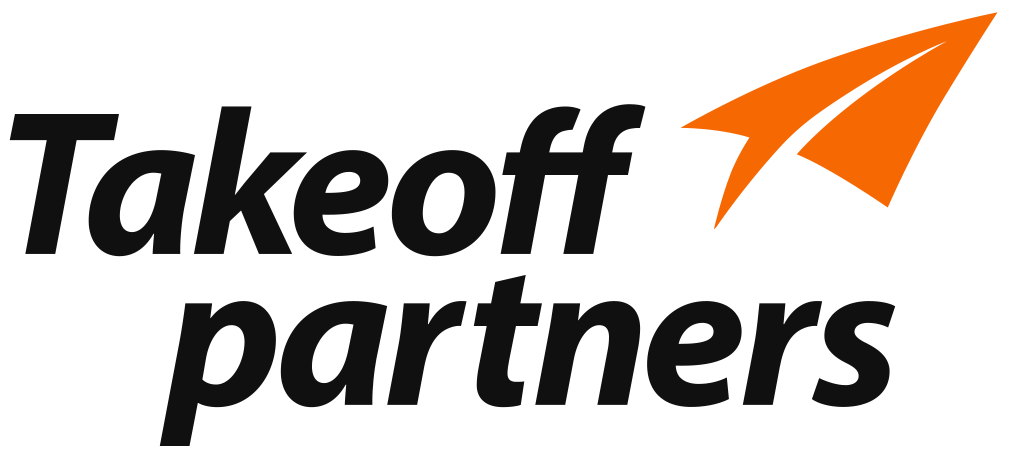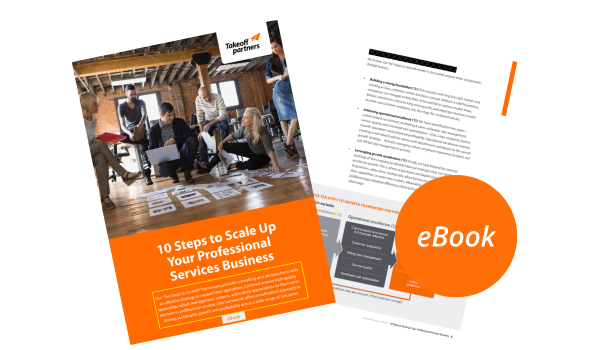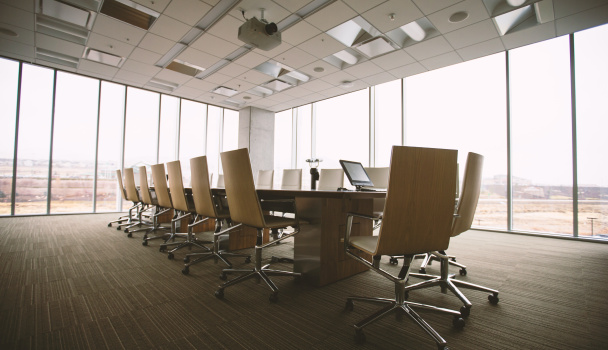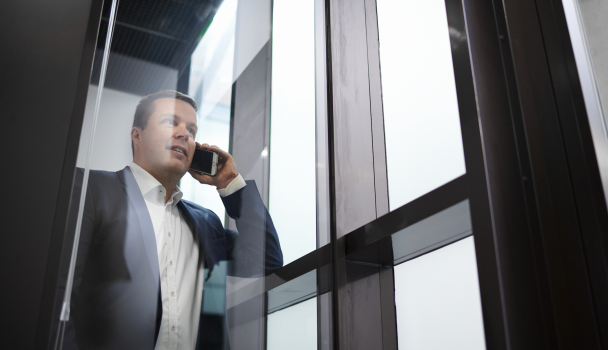Futures Platform helps organizations to understand the world after COVID-19 and the opportunities it will bring
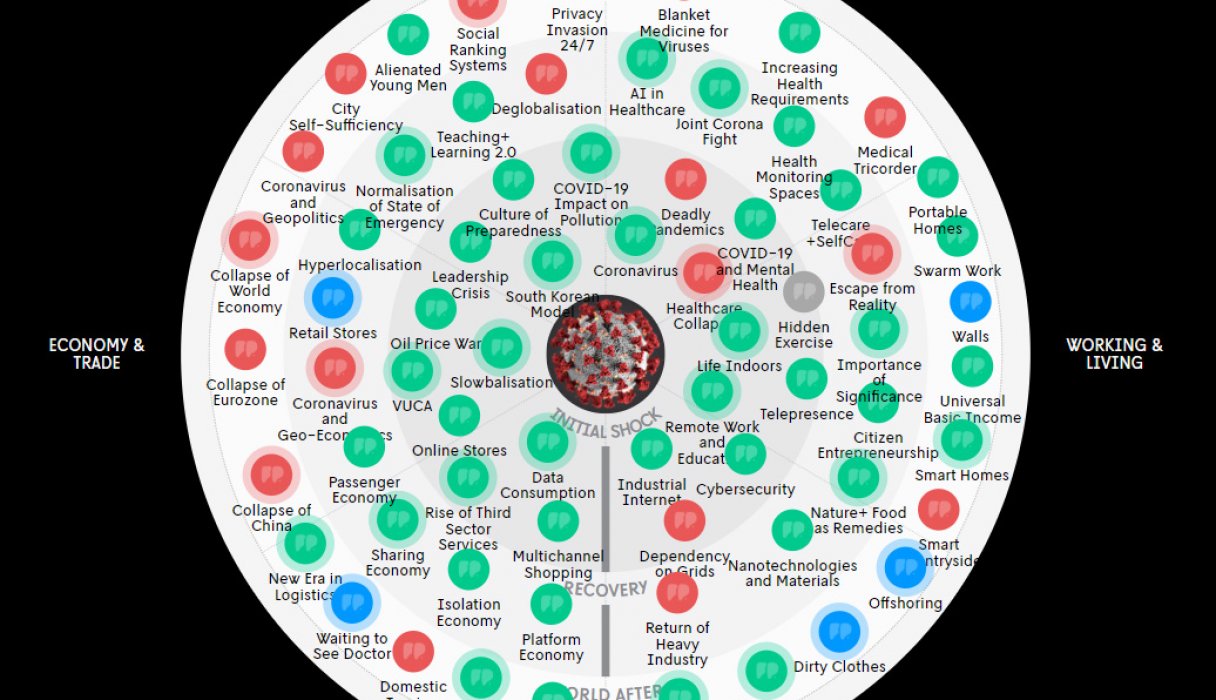
High-level view of Futures Platform's "World After COVID-19 radar".
As we are entering the first summer of the COVID-19 pandemic, it is becoming increasingly certain that the “new normal” will last for a while. People and organizations will need to start thinking long term and build plans and products that are compatible with the new normal. Many have turned to Futures Platform, a portfolio company of Takeoff Partners, to understand the rapidly changing world. The futurists of Futures Platform are hard at work painting the picture of the post-COVID-19 world, centered around the “World After COVID-19” radar they have made free for all organizations to use.
June 2020
The WHO warned about it and science was clear on it: sooner or later, a major pandemic would come.
For this reason, for a long time there has been a phenomenon called “Deadly Pandemics” in Futures Platform online foresight solution. It was labelled as a wild card, meaning that it is fairly unlikely to take place anytime soon but if it does, it will have a devastating impact on a global scale.
Here is a little excerpt from this wild card in November 2019, just a few weeks before the world would hear the first news of a novel virus in China:
“The worst pandemic recorded in history is Spanish influenza in 1918, which killed between 50 million and 100 million people. A future pandemic could be even worse due to the increased travel and mobility of the current world. Furthermore, a lack of preparedness for a pandemic could lead to a catastrophic result. According to a new Global Health Security Index, it turned out that not a single country among 195 countries is sufficiently prepared for a pandemic.”
This startlingly accurate assessment should raise a question: what else are we potentially ignoring?
Jenna Mäntynen, Foresight Strategist at Futures Platform, says she hopes organizations can focus on the positive learning opportunity of this realized risk: the importance of foresight.
“I know that it may be hard to think strategically in this situation. However, now more than ever, it is needed: the pandemic is going to last for a while and quite probably change the world in many profound ways, so you need to find out what it means for your work, your industry, your sector or your organization,” she says.
Futures Platform is a SaaS company behind the leading foresight tool that makes it fast and easy to analyze alternative future developments and scenarios. Takeoff Partners’ Markko Vaarnas is the Chairman of the Board of Futures Platform.
Digital foresight solution sharing knowledge and help
Unsurprisingly, Futures Platform has experienced increased interest after the pandemic with many people and organizations now relying it to stay on top of the changes.
According to Jenna Mäntynen, the team at Futures Platform has taken this interest seriously and does all it can to find ways to help.
“Our first initiative was a new foresight radar
called World After COVID-19, compiled by our futurists. We made it accessible
to everyone for free,” she says.
Futures Platform radars are 360 views on the society and the world, with this particular one mapping the phenomena expected to strengthen, weaken or come into play during and after the pandemic. Access the world after the pandemic foresight radar.
Then, to zoom in on specific topics, Futures Platform released a series of videos with futurists discussing different phenomena related to the COVID-19 pandemic. Access Futures Platform’s website to see the videos of the world after the pandemic. The latest addition is a new article series that drills even deeper into questions like deglobalization or future of education, which can be found in Futures Platform’s future proof foresight blog.
On June 2, Futures Platform is also participating a webinar called Leading Schools in the New Normal, organized by Education House Finland, hosted from Dubai.
“Futures Platform will be used at the event – panelists and participants will rate the most important phenomena related to the future of education and discuss on the topic,” Jenna Mäntynen says.
Similarly, in early June, Futures Platform is taking part in a round-table event hosted by Greystar in partnership with UCL and Nuveen. Together with other participants, representative from Futures Platform will be discussing the future of cities after COVID-19, with a long-term view also visualized on Futures Platform’s foresight radar.
Travel after COVID-19 and other changes
As for how, exactly, the world will change after COVID-19, Jenna Mäntynen recommends taking a look at the aforementioned radar and accompanying materials.
She adds, however, that there are many quite obvious changes of a permanent nature that have immediate impact on businesses and should not be ignored even by people unwilling to engage in foresight.
For instance, the owners of brick-and-mortar stores are currently wondering whether their customers will return to the shops or remain using online services even after the pandemic.
“If you could have an online shop but didn’t or you have one but it is outdated, now is absolutely the time to upgrade,” Jenna Mäntynen says.
Meanwhile, businesses in the travel industry are wondering how much the expected rise in domestic travel will compensate for the loss of international visitors when going on a vacation is safe again.
The key here is probably that “safe” isn’t an on-off switch. Domestic travel may pick up during the summer but people will still need to be careful. Hotels and travel destinations that are open need to come up with ways to keep things safe for everyone.
Inarguably, the healthcare sector is experiencing the impact of the pandemic on levels way beyond anything else.
A major dimension of this is the acceleration of digitalization in healthcare when organizations around the world are developing and deploying innovations such as remote doctor’s appointments and coronavirus contact tracing apps.
“Besides healthcare, obviously also education and work are being pushed into deploying remote solutions. How much of this is permanent remains to be seen, but certainly all solutions that are equal or better than physical ones are here to stay,” Jenna Mäntynen summarizes.
What about all the other wild cards?
There has been much public discussion about how the pandemic was warned about by the WHO and others, and how, in hindsight, there was no reason not to prepare for it.
In addition, biodiversity loss and climate change are linked to the increasing frequency of disease outbreaks, so the threat of future pandemics is linked to environmental questions as well.
While no doubt this is a question that should be discussed and steps taken to mitigate the possibility of another pandemic, according to Dr Tuomo Kuosa, Futurist and Content Director at Futures Platform, people and organizations should understand that the lesson to be learned here concerns much more than just infectious diseases.
It concerns all wild cards.
“They are high impact issues with low probability to occur at least any time soon. Yet, many wild cards are coming – we just don’t know when, exactly. Coronal mass ejection of the sun (CME) and super volcano eruptions are examples of wild cards that we are waiting to happen, while many are doing nothing in the meantime to prepare for the consequences,” he says.
The sensible course of action would be to ensure there is basic readiness or at least a plan in place.
“There are of course hundreds of wild cards out there and many of those are positive. Only a handful is truly dystopic.”
“Creating alternative future views with for example our digital foresight solution is a great way to get started,” Jenna Mäntynen says.
For an in-depth look in the World After COVID-19, you can access the free radar here.
If you are interested in finding out how Futures Platform can help your organization, please contact Saku Koskinen, saku.koskinen@futuresplatform.com or start the 15-day free trial of the foresight solution here.
